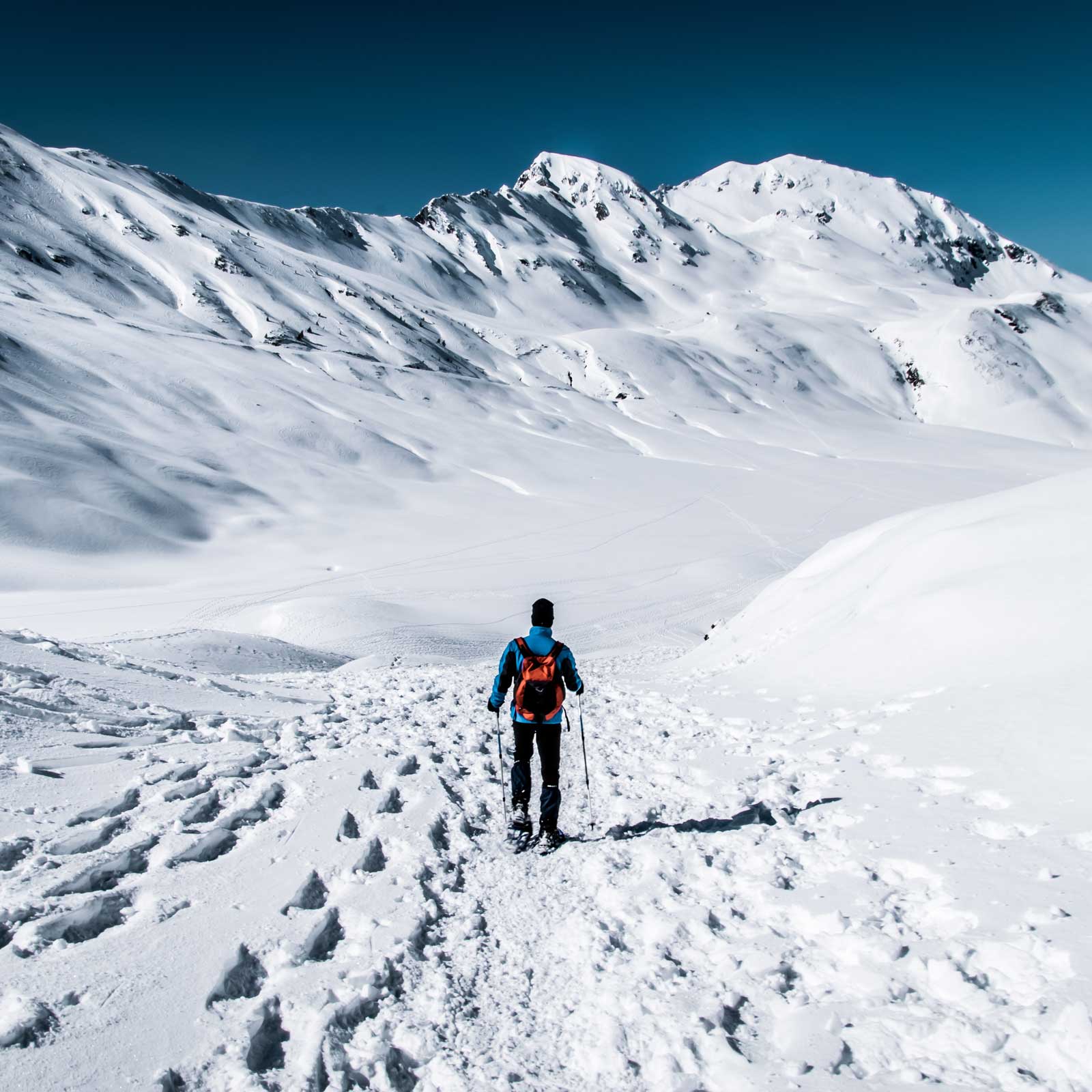Day hiking in the summer often requires little more than water and a good pair of shoes.ĚýTraversing the same trails in the winter is different. It calls for a whole separate set of skills—and gear—to avoid slipping and post-holing. From footwear to yummy snacks, here areĚýsomeĚýrecommendations from professional and experienced athletes that will help you brave the elements.
Appalachian Gear Company All-Paca Technical Tee ($80), Patagonia Nano Puff Insulated Hoodie ($249), and Marmot Windstopper Convertible Glove ($60)
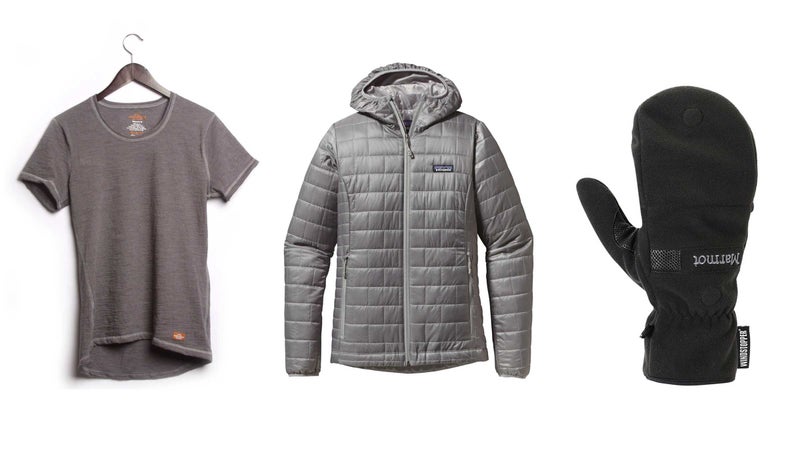
Jennifer Pharr Davis, Professional Hiker
The key to staying warm on a winter hike is loading up on lightweight layers, says Davis, who holds the record for the fastest thru-hikeĚýof the Appalachian Trail. “I just began wearing an Ěýfrom Appalachian Gear Company, and it has kept me warmer than traditional merino,” she says. Alpaca fiber is odor resistant, lightweight, and naturally helps wick moisture from the body.
Davis usually carries a in her pack. “Its weight-versus-warmth ratio is really awesome, and it makes a great pillow when I’m tucked into my sleeping bag at night,” she says. The jacket is water-repellent and made from 55 percent post-consumer recycled content.
The final, crucial layer: aĚýgood pair of gloves. “For me, the hardest part about winter hiking and camping is keeping function and dexterity in my fingers. I have Ěýso the circulation to and feeling in my extremities goes pretty quickly in cold weather,” Davis explains. Marmot’s Ěýkeeps her fingers functional—and easily accessible when it comes time to pitch a tent or open an energy bar.
ĚýĚý
Nalgene’s Wide Mouth HDPEĚýBottle ($7)
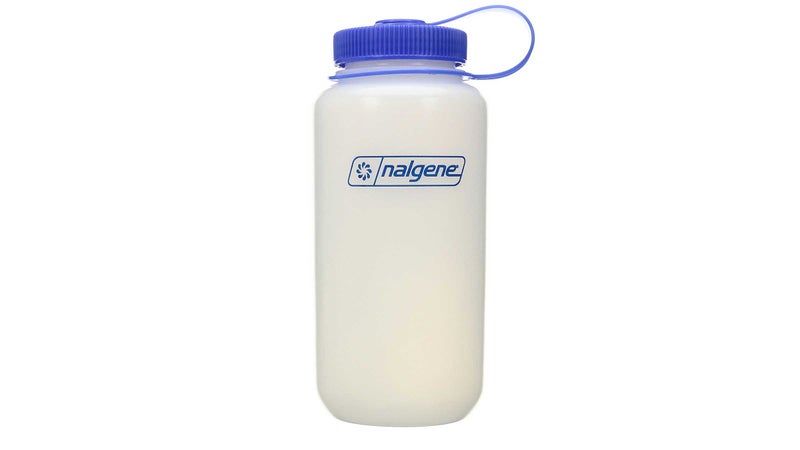
Andrew Skurka, Professional Backpacker
When winter comes around,ĚýSkurka, author of , swears by bottles that can hold hot liquids for tea and act as a hot water bottle at night. Nalgene’s one-liter fits the bill. Its large opening also makes it easy to pour in melted snow or fish out used tea bags.
La Sportiva Crossover 2.0 GTX Running Shoe ($190) and Outdoor Research Crocodile Gaiters ($85)
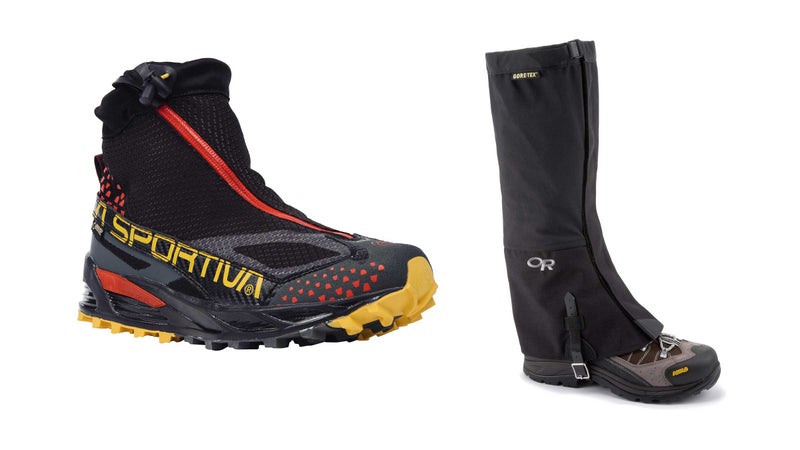
Gavin Woody, Ultrarunner and Triathlete
When Woody tackled the first recorded attempt of the 132.4-mile MountĚýRainier Infinity Loop in 2016, he needed a comfortable shoe that couldĚýbe fitted withĚýa crampon and would be warm enough to handle freezing summit temps. The Ěýwas perfect, and he continues to wear the shoe when he wants to move fast on winter trails, especially when paired with snowshoes or some toe warmers tucked in for high ascents.
While the shoe’s integrated gaiter sheds a decent amount of snow, it’s not waterproof. SoĚýwhen Woody is in deep powder, he throws on Outdoor Research’s . Made with waterproof nylon and Gore-Tex, the gaiters feature a fitted design and a front tab to keep them secure.
Ěý
Kahtoola Microspikes ($70)
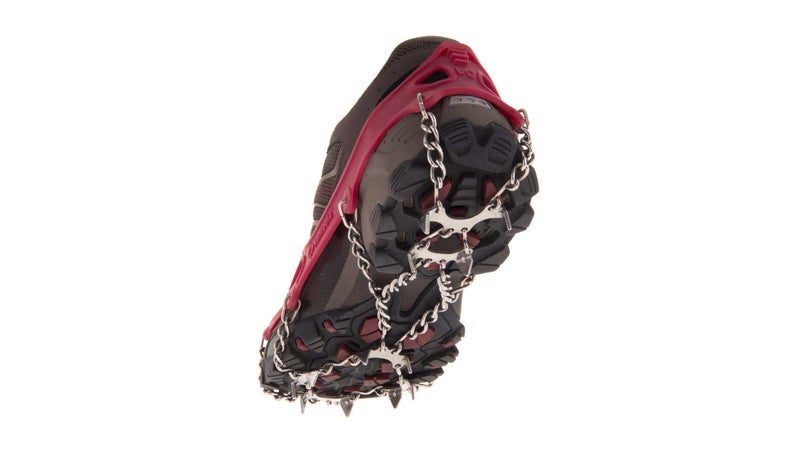
Donna Kreuger, Hike Leader with Olympia Mountaineers in Washington
Kreuger knows you can’t trust trailhead conditions in the Pacific Northwest. “In our area, it may be bare and wet at the parking lot, but 3,000 feet up, there may be snow or ice that make a benign trail treacherous,” she says. That’s why Kreuger carries in her pack from October through May. “I have good boots, but if I start slipping, it is quick and easy to put on the microspikes and descend safely,” she says, adding that she’ll also carry snowshoes for deeper snow. According to Kreuger, other brands and crampons don’t fit as well or feel as solid. But after four seasons with Kahtoola’s, she confirms: “They’re very durable, easy to get on and off, and stay in place well.”
Huma Gels ($2.25 each)
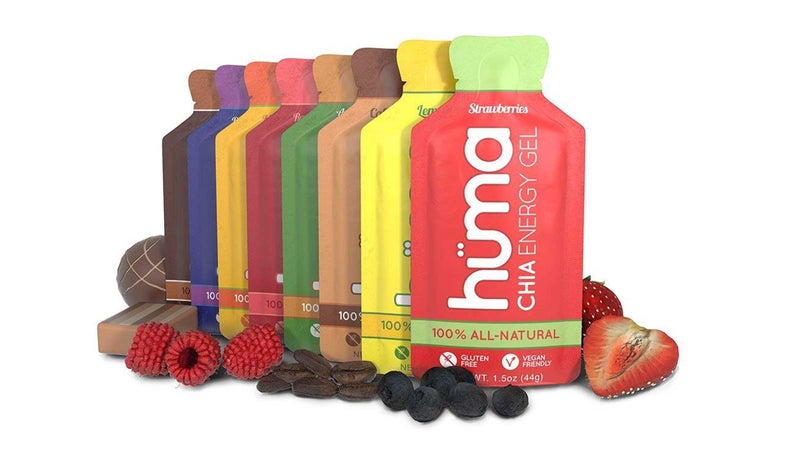
Kel Rossiter, Mountaineer
According to Rossiter, owner and lead guide for the Vermont-basedĚýcompany şÚÁĎłÔąĎÍř Spirit, is a refreshing change in the tired category of energy gels. “By this point in life, I’ve eaten enough of the standard, slightly gummy, and rather synthetic-tasting Gu and PowerGel brands that I can’t even open one without dry heaving. Humas are much tastier, with real fruit puree and chia seeds,” says Rossiter. Another bonus: they don’t freeze in cold weather, so you won’t break a toothĚýon your first bite.
REI Co-op Rainier Full-Zip Rain Pants ($90) and Black Diamond Alpine Carbon Cork Trekking PolesĚý($170)
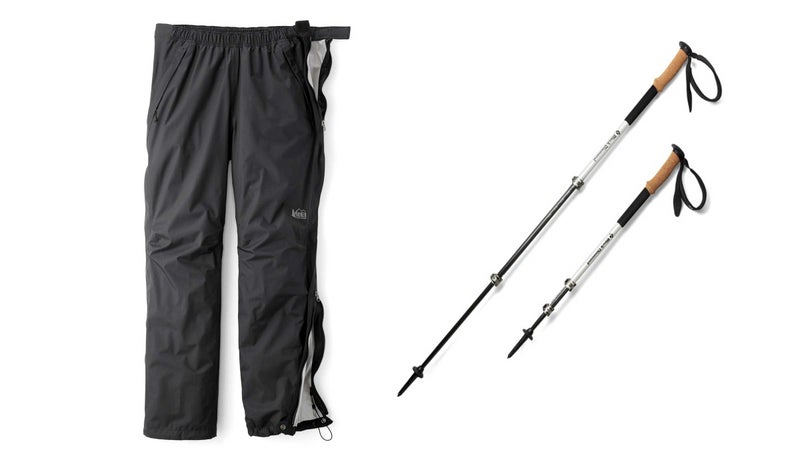
Wesley Trimble, Program Outreach Manager for the American Hiking Society
Trimble, who has hiked all 54 of Colorado’s fourteenersĚýand the Pacific Crest Trail,Ěýdons over a midlayer for an ensemble that keeps him toasty but is less cumbersome than ski pants. Since rainpants don’t have the built-in snow protection ofĚýski pants, Trimble suggests adding gaitersĚýto keep the inside of your boots dry.
His other must-have item: trekking poles, to help with balance and safety. “The biggest factor for winter hiking is having a larger snow basket for the pole,” he says. Trimble recommends the Black Diamond , which feature a cork grip and interchangeable tips.
Ěý
Carhartt Fleece Neck Gaiter ($15)
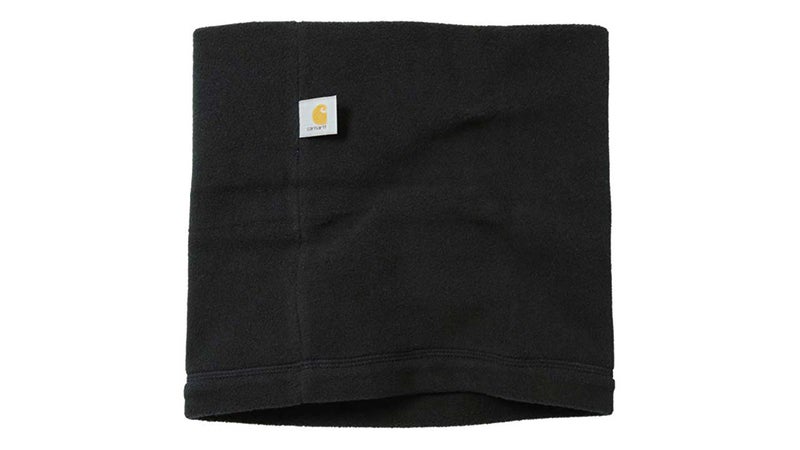
Jessie Krebs, Wilderness Guide
As head instructor ofĚýthe outdoor-survivalist , Krebs has been through her fair share of gear. One of the most versatile things in her pack is a fleece neck gaiter (or twoĚýor three). “I can use it as padding to keep a water bottle or other items warm, to kneel or sit on and protect body parts from the snow, or to prevent a cold winter wind from sneaking down the collar of my jacket,” she says. Sleeping with two on—one over the eyes, nose, and ears, and the other around the neck and mouth—minimizes the amount of exposed skin without feeling claustrophobic, she says. Most fleece gaiters will do, but she likes Ěýfor theirĚýdurability and low price point.
Petzl ReactikĚýHeadlamp ($85)
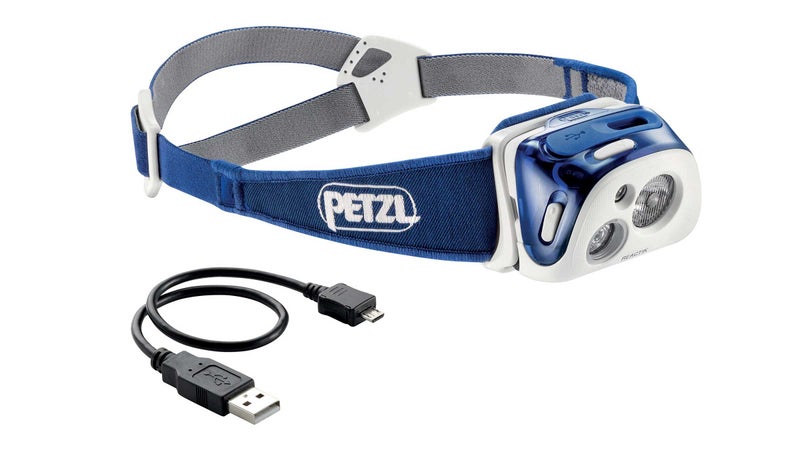
Dylan Bowman, Ultrarunner
When the days get shorter, Bowman heads out with the , which features reactive lightingĚýthatĚýautomatically adjustsĚýbrightness based on how far out you’re looking. “The headlamp is great for early-morning training during the short days of winter, and it’s small enough to throw in my pocket after sunrise,” Bowman says. Another bonus: the lock function prevents it from turning on and drainingĚýin your pack.


